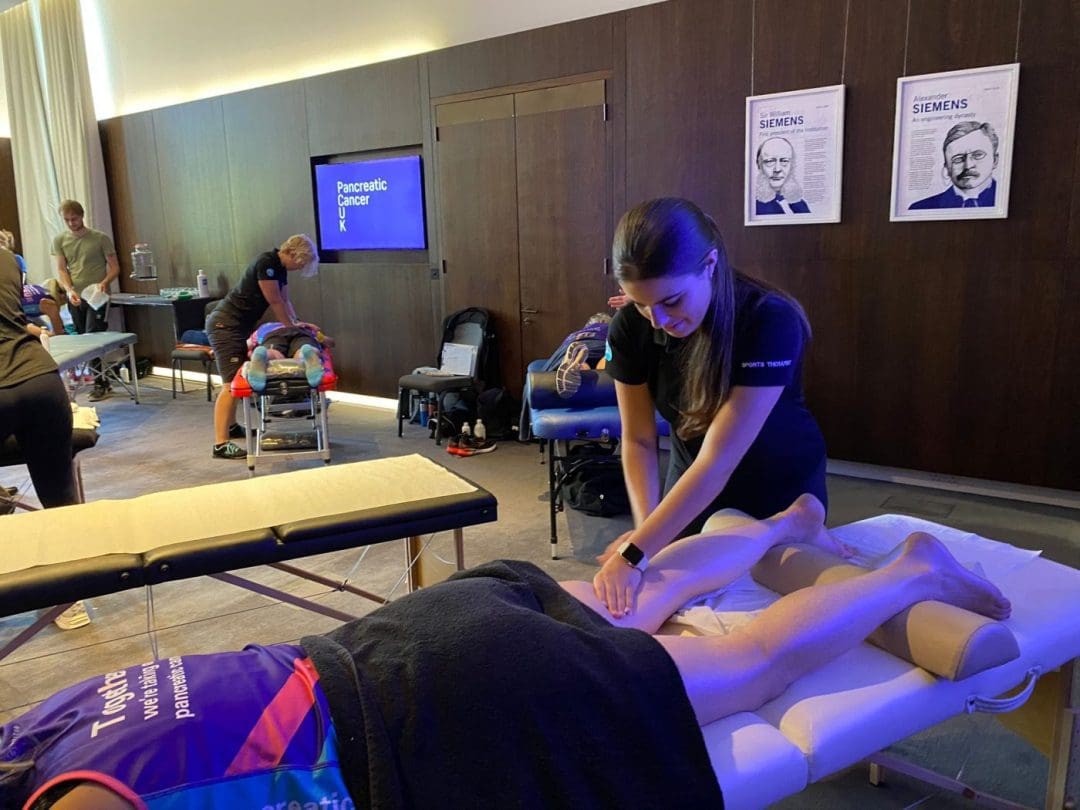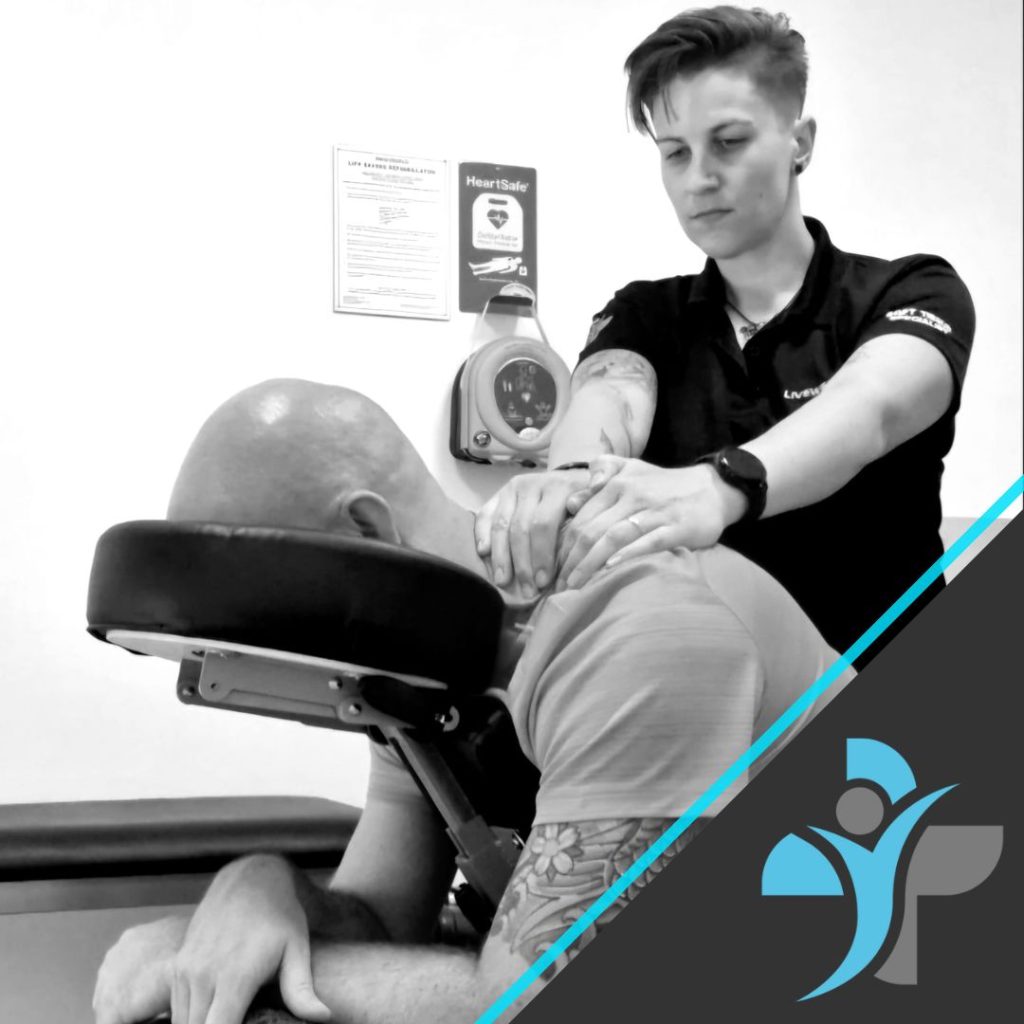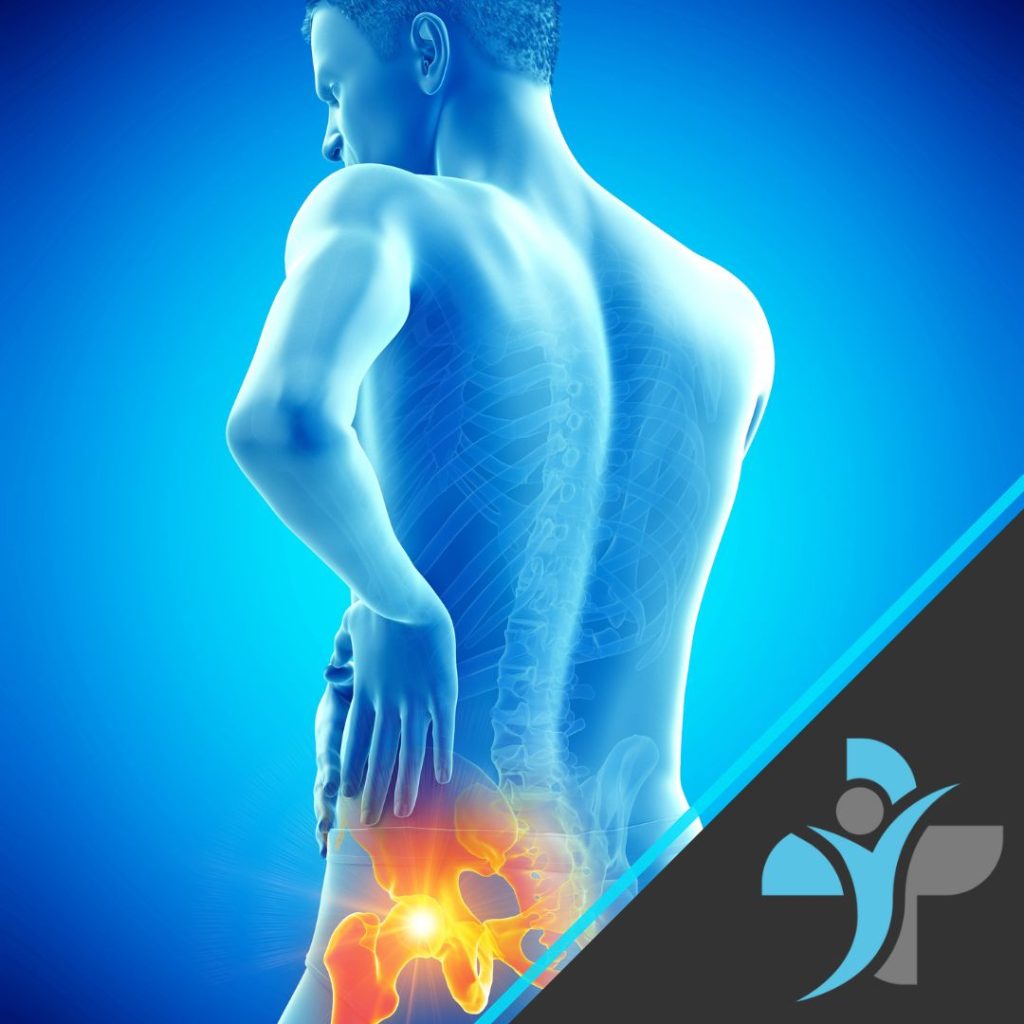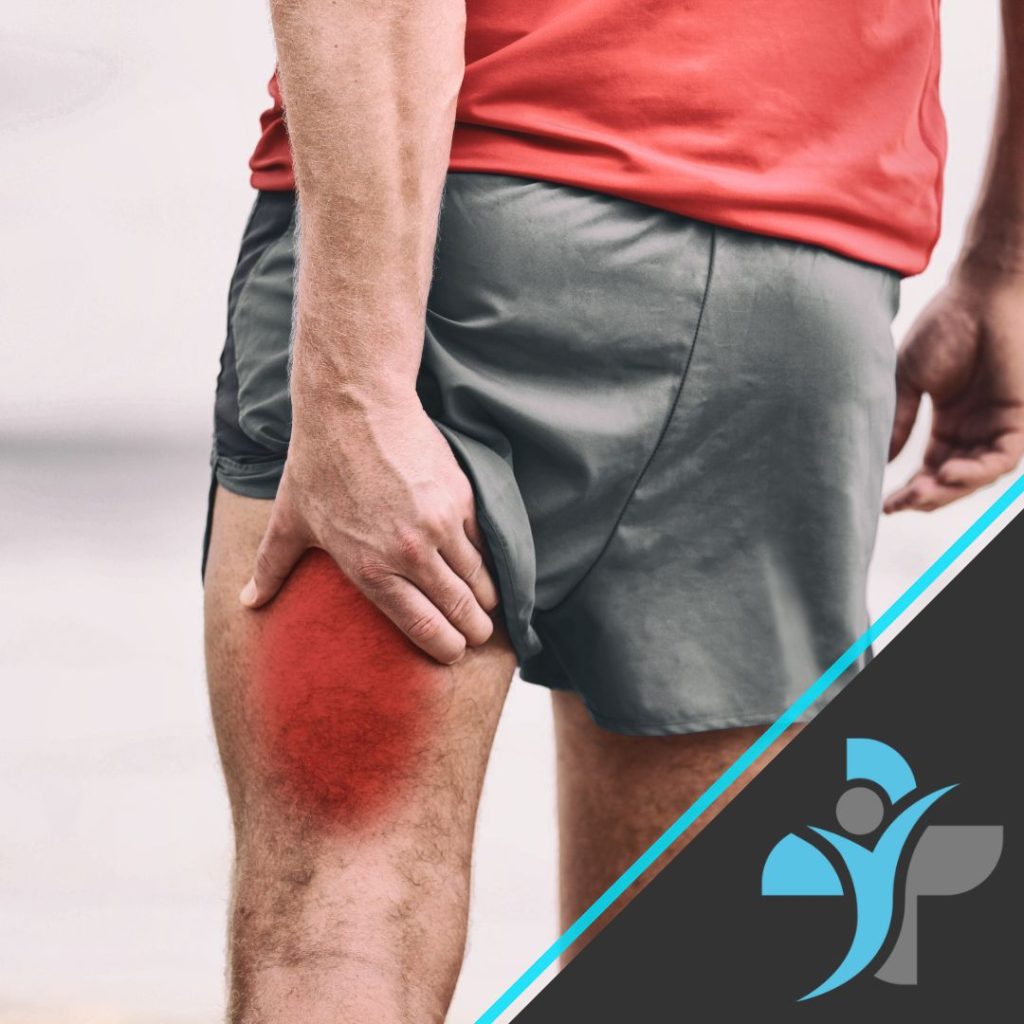The Power of Sports Massage: Enhancing Athletic Performance and Recovery
Whether you’re a professional athlete, a weekend warrior, or just someone who enjoys staying active, sports massage can be a game-changer in your fitness journey. This specialized form of massage therapy offers a wide range of benefits that go far beyond relaxation. In this article, we’ll explore the numerous advantages of sports massage and why it’s a crucial component of many athletes’ training and recovery routines.
1. Enhanced Athletic Performance
One of the most significant benefits of sports massage is its ability to boost athletic performance. By targeting specific muscle groups and alleviating tension, sports massage helps improve flexibility and range of motion. This increased flexibility allows athletes to move more freely and efficiently, which is especially vital in sports that require agility and quick movements. As a result, athletes can perform at their best and reduce the risk of injury.
2. Faster Recovery
The demands of intense physical activity can lead to muscle soreness and fatigue. Sports massage helps in the speedy recovery of fatigued muscles by increasing blood circulation and lymphatic flow. This enhanced circulation assists in the removal of waste products and reduces muscle soreness, allowing athletes to bounce back faster and maintain their training consistency.
3. Injury Prevention
Preventing injuries is a top priority for athletes of all levels. Sports massage is an invaluable tool in injury prevention. By identifying and addressing muscle imbalances and areas of tension, massage therapists can reduce the risk of overuse injuries. They can also spot potential issues before they become more severe, helping athletes make necessary adjustments to their training routines.
4. Stress Reduction
Training and competition can be physically and mentally taxing. Sports massage offers a dual benefit by reducing both physical and mental stress. The soothing touch of massage can have a calming effect, helping athletes manage anxiety and stay focused on their goals.
5. Improved Posture and Body Awareness
A well-trained sports massage therapist can identify and address postural issues and imbalances that may be negatively impacting an athlete’s performance. By focusing on these areas, athletes can improve their posture and overall body awareness, which can lead to better movement and reduced strain on the body.
6. Targeted Rehabilitation
In cases where injuries have already occurred, sports massage can be an integral part of the rehabilitation process. Therapists can work alongside healthcare professionals to design a customized massage plan that aids in the healing and recovery of injured muscles and tissues.
7. Enhanced Immune System Function
Regular sports massage can also strengthen the immune system. The reduction of stress and the improvement in circulation and lymphatic flow can help the body better defend against illnesses, keeping athletes in peak condition.
8. Mental Clarity and Focus
Physical well-being and mental health are intricately connected. Sports massage contributes to mental clarity and focus, helping athletes stay motivated and determined to achieve their goals.
In conclusion, sports massage is not just a luxury; it’s a powerful tool that can significantly impact an athlete’s performance, recovery, and overall well-being. Whether you’re a professional athlete or someone who enjoys an active lifestyle, incorporating sports massage into your routine can help you achieve your fitness objectives and enjoy a more balanced, injury-free life. Consult with a qualified sports massage therapist to discover how this specialized therapy can benefit your athletic journey.








